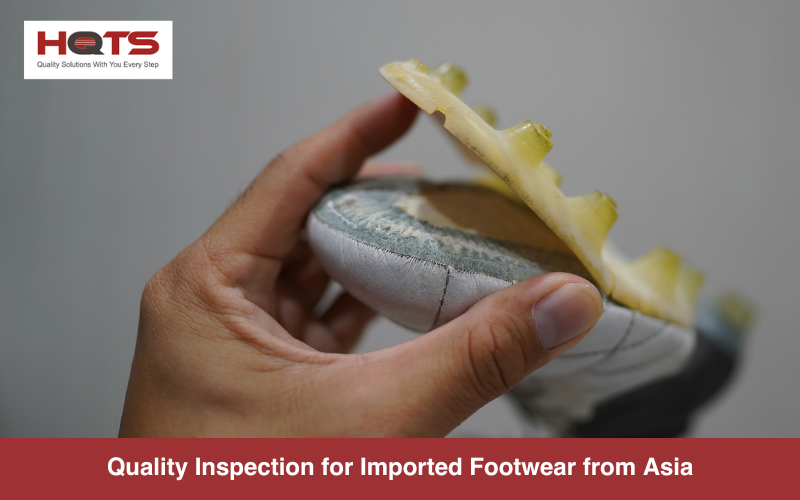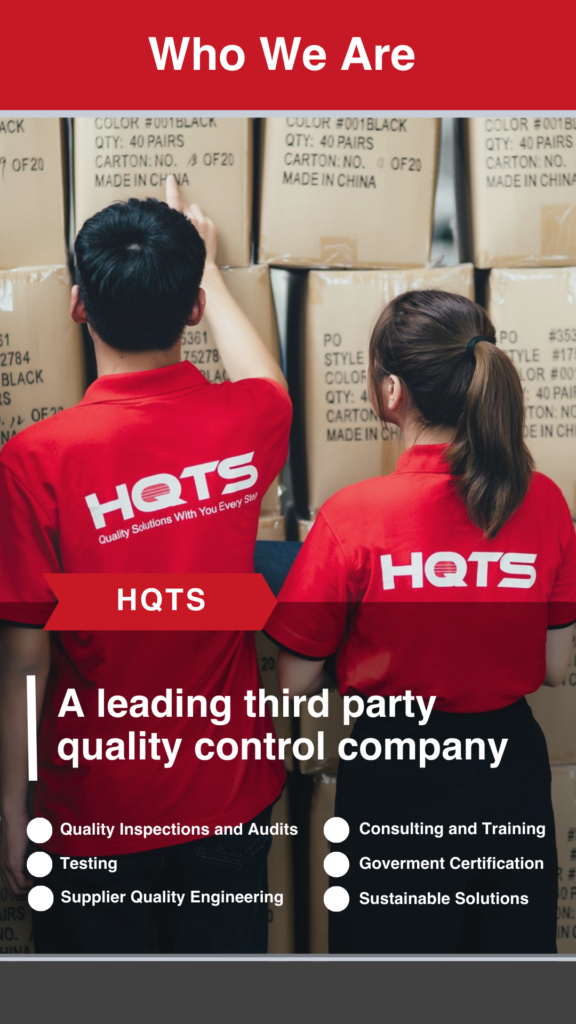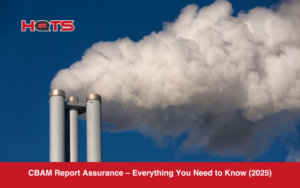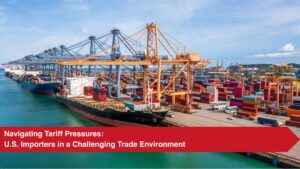It is highly likely that the label “made in Vietnam,” “China,” or “India” will be prominently displayed on a significant majority of footwear commodities across the global market. There exists an undeniable reality wherein these nations of Asia have emerged as paramount worldwide purveyors of such products. Should one be inclined towards procuring footwear articles from the Asian region, this article endeavors to provide comprehensive guidance pertaining to the conduction of quality inspections aimed at ensuring the precise fulfillment of ordered specifications.
Why is Asia the hub of footwear manufacturing?
Some reasons that explain why Asia is the ideal destination for sourcing footwear are below:
- Asia’s abundant and skilled workforce is a pivotal factor driving its dominance in global footwear production. The region boasts a reservoir of capable workers adept in intricate tasks, ensuring the creation of high-quality products. This labor proficiency provides a competitive edge in a highly specialized industry.
- The cost-effectiveness of production is another key factor. The region’s efficient methods enable manufacturers to minimize expenses while maintaining superior product standards. This economic advantage attracts international brands seeking optimal production outcomes at lower costs.
- Asia’s extensive network of supply chains bolsters its reputation as a footwear manufacturing hub. The interconnectivity between suppliers, manufacturers, and distributors streamlines the production cycle. This network not only enhances efficiency but also facilitates rapid adaptation to market trends and demands.
- The geographical proximity of Asia to essential raw materials elevates its status in footwear manufacturing. Easy access to resources like leather, textiles, and synthetic materials reduces transportation costs and turnaround time. This proximity enhances the region’s capacity to swiftly respond to market shifts.
What is the checklist of quality inspection for footwear?
Although the criteria might be different depending on time, country, and demand from buyers, the following is the common checklist which is usually applied for footwear inspection.
1.Quantity Check
The inspector will ensure that the number of products is precisely the same as the order in terms of sizes, colors, types, number of boxes in a cargo, etc.
2. Workmanship Assessment
At this step, the inspector will check the following points:
Missing glue: Glue is vitally important to ensure the products are long-lasting. The inspector will check the glue is enough to make the shoes firm and strong, not too much to impact the aesthetic value of the products.
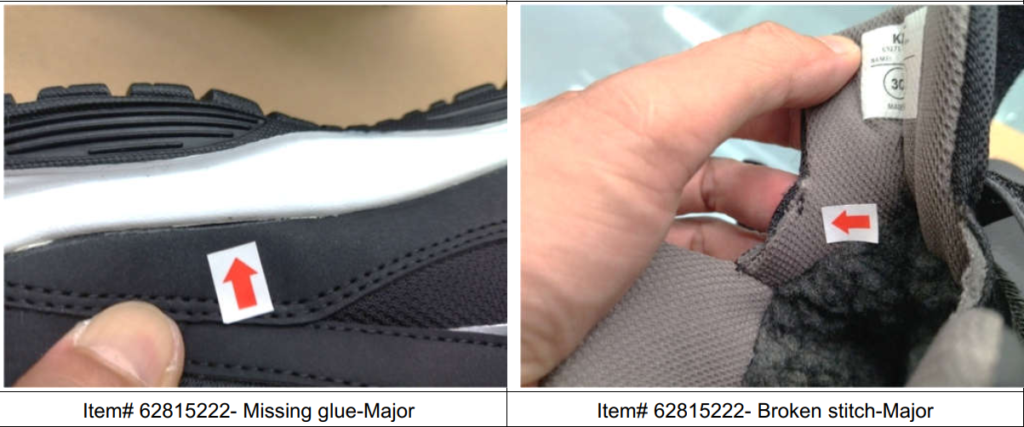
Visual defects: There should be no dirty marks, wrinkles, or uncut thread ends on the products, especially on the outside of the shoes. These faults will impact the outlook of the products and not be accepted by customers.
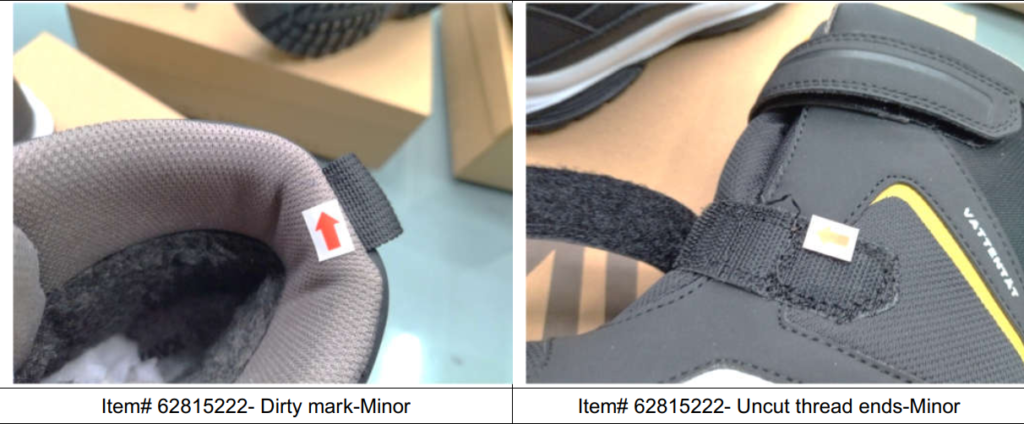
3. Field test and Measurement
This step will ensure the dimensions of packaging and products as requested. Inspector will measure the weight, length, width, and height of shoes and boxes comparing with the standards. Smell checks will also be conducted to make sure there is no bad smell from the products. Other points like barcode readability, rub and tape test, caron drop test, etc. are conducted in this step.
4. Shipping Mark and Packaging
In this final step, the inspector ensures the product is primed for transport by validating the accuracy and legibility of shipping marks and cross-reference provided information with documentation and purchase orders. There’s also a check to see if the manufacturer has used suitable protective materials in the packaging to reduce potential damage during transit.
For more information about footwear inspection, click here to see our sample report.
Conclusion: Inspection and Testing for Imported Footwear from Asia
Quality inspection is crucial for the footwear industry to ensure buyers will receive the products as requested. This process is not easy especially when the manufacturers are thousands of miles away; thus, many companies have a third-party agency handle the inspection for them. With more than 25 years of experience in footwear inspection, HQTS is capable of supporting your company in quality control. If you have any concerns about how to control the quality of your footwear supply chain, contact us now for consultancy.
